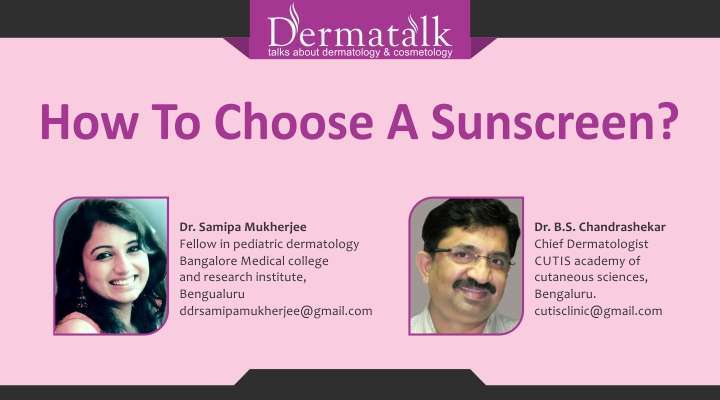Abstract:
Following the trend in facial cosmetic procedures, patients are now increasingly requesting hand rejuvenation treatments. Intrinsic ageing of the hands is characterized by loss of dermal elasticity and atrophy of the subcutaneous tissue. Thus, veins, tendons and bony structures become apparent. There are various treatment options for cosmetic rejuvenation of the hands, including microdermabrasion, chemical peeling, intense light sources (IPL) ,laser treatments including pigment lasers and ablative resurfacing and non invasive rejuvenation. The soft tissue atrophy of the aging hand can be best addressed with fillers. In this article we share our clinical experience of rejuvenating the hand with combination treatment with peels and fillers.
Introduction
The old saying “ if you want to know a woman’s age, look at her hands” is still valid now. Intrinsic ageing and photoageing combine to loss of soft tissue, wrinkling, prominence of the dorsal veins, pigmentary changes such as darkening and lead to the appearance of premature ageing of the hands. The aged hand is characterized by cutaneous and dermal atrophy, with deep intermetacarpal spaces, prominent bones and tendons, and bulging reticular veins. Epidermal changes include solar lentigines, seborrheic keratoses, actinic keratoses,(more commonly seen in skin types I-III) skin laxity, rhytides, tactile roughness, hyperpigmentation and telangiectasia. This is often worse in smokers and those with hobbies or occupations which have prolonged outdoor exposure. Especially in our Indian population, with skin type IV to VI, the epidermal changes are that of pigmentation and tactile roughness, associated with the dermal changes including loss of elasticity and skeletonisation of the hand with prominent veins and tendons.
Next to the face, the hands are the most conspicuous part of the human body.1As hands are frequently noticed in social gatherings, this becomes a quality of life issue to the person. Patients with premature ageing frequently request help in improving the aesthetic appearance of their hands. Therefore,many therapies which are used in facial rejuvenation including microdermabrasion, chemical peels, laser resurfacing, IPL and pigment lasers have been also used for rejuvenation of the hands. The soft tissue atrophy and skeletonisation has been addressed by fat transfers and the use of various fillers.
We designed a study to determine the efficacy and safety of combination treatment of medium depth peels with hyaluronic acid fillers for the rejuvenation of the hand. 20 womenbetween the ages of 35-60, who requested rejuvenation of the hands were enrolled into the study. Informed consent and pre and post treatment photographs were obtained for all patients. All subjects received 2 ml of hyaluronic acid ( 1 ml per dorsum of each hand) and 2 modified Jessner’s peels in 2 weekly intervals. Patients were also advised to use regular sunscreen, and emmolients on the hand during the study period, and advised to avoid excessive contact with detergents during the study period. All patients were evaluated at the end of 1 month, 2 months and 3 months after the last treatment. Results were obtained by comparison of pre and post photographs and by subjective patient feedback.
Chemical Peel: We chose a medium depth peel, Modified Jessner’s peel from Mediderma. The peel was applied in two layers over the dorsa of the hands, with feathering over the forearm area. It was then left on for 8 hours, without washing off.
Method of injection of filler in the dorsum of hand: The dorsa of the hands was anesthetized with a topical anesthetic (5% lidocaine + tetracaine ) cream under occlusion for 45 mins. The treatment area was the cleaned with betadine and alcohol swabs and draped. The dorsa of the hands were iced prior to injection, to increase patient comfort, and to reduce the chances of bruising. The skin was then pinched between the index and thumb fingers of the non dominant hand and raised above and hyaluronic acid injected intradermally.( Figure 1) Around 8 to 10 sites were injected on the dorsa of each hand. After completing the injections, the dorsa of each hand was gently massaged to allow even distribution of the product.

Results: All 20 patients completed the study. All patients reported satisfaction with the end result. They graded their satisfaction on a scale of one to ten, and the scores varied from 6.5 to 9. There was significant improvement in the texture of the skin as well as reduced appearance of the veins and the guttering of the hands was considerably reduced subjectively as well as observed on photography. There was improvement of the colour of the skin, the appearance of the dorsal veins was reduced. Patients also commented on the hydrated appearance of the skin post procedure. Results lasted till the end of follow up, at 3 months after the last procedure.
Complications were seen secondary to the injectable only. Edema and pain were observed in 4 clients, one of them went on to develop bruising, which resolved in a week.
Discussion:
With patients achieving a younger appearance from facial rejuvenation treatments, a discrepancy betweena youthful face and aged hands often becomes apparent. This drives patients to seek therapies and treatments which bestow youthful appearance on the hands.
There are various options for the rejuvenation of the hands, as listed in the table below.
| Microdermabrasion |
| Chemical Peels |
| Intensive Pulsed Light IPL |
| Q switched lasers |
| Photodynamic therapy |
| Ablative fractional resurfacing |
| Non ablative resurfacing |
| Sclerotherapy |
| Fat transfer |
| Injectables – Hyaluronic acid/ PLLA/ Calcium Hydroxy apatite |
Chemical peels: Chemical peels have been a commonly used modality for skin rejuvenation. Based on the depth of penetration, they are classified into superficial, medium or deep peels. For the rejuvenation of Indian skin types, superficial and medium depth peels are recommended, and deep peels are generally avoided due to possible complications of hyperpigmentation and scarring. Especially in the rejuvenation of the dorsal hands, where the skin is thin and the adnexae are relatively sparse,2 it is prudent to stick with the superficial and medium depth peels.
As Chemical peels are quite economical, these can be the first line for rejuvenation of the hands. Usually 2 – 4 sessions are needed before one can appreciate the improvement in the colour and texture. Mild feathering of the peel into the forearm area is required to avoid creation of a demarcation line between the treated hands and untreated forearms. There are only few reports regarding peeling of the hands in literature. These studies show use of Salicylic acid,3 Jessners solution,4 TCA (30%) and glycolic acid in concentrations upto 70%.
Chemical peels may yield significant improvement, but they must be performed conservatively and serially over time until the results are satisfactory. The results are dependent on concentration and contact time with the skin.
Hyaluronic Acid (HA) Fillers:
The use of HA fillers for the correction of intrinsic signs of ageing of the hands was described by Man et al.5 They described using HA injections to improve the appearance of hand rhytides, prominent veins, bony prominence and dermal subcutaneous atrophy. Typically two vials of HA (one vial per hand) is often required. Their technique was to place the patient in the Trendelenburg position to reduce vein pressure, with the injector holding the hand loosely in a resting position, HA was injected subcutaneously at an oblique angle adjacent to the dorsal veins using a threading technique. Although Man et al used no anesthesia or cooling, in our practice, we use topical anesthesia and cooling to increase patient comfort. We also prefer to elevate the skin above, and then inject bolus of HA. We then massage the HA over the entire dorsal hand to ensure uniform dispersion.
Various other options are available for rejuvenation of aging hands. The appearance of the skin can be improved with IPL,6 Q switchedlasers,7 ablative and non ablative resurfacing lasers.8 The prominent veins can be treated with slerotherapy 9and endovenous vascular ablation.10 Volume loss can be restored by autologous fat injection11 and injectable PLLA 12or Calcium hydroxyapatite13 injections.
Any rejuvenation process must address two factors; the epidermal component (which comprises of pigmentary changes, actinic keratosis ) and the sub dermal component of volume loss. This is why as in rejuvenation of the face, a combination of techniques yield a better result that any one procedure. There is sufficient data available to document favorable results with HA and chemical peels, and both procedures are associated with miminal adverse events, making them useful for the dermatologist to address hand rejuvenation.
References
1. Inglefield C. Nonsurgical hand rejuvenation with Dermicol-P3530G. Aesthet Surg J 2009;29:S19–21.
2. Campbell TM, GoldmanMP. Adverse events of fractional CO2laser, a review of 373 treatments. Dermatol Surg 2010;36:1645–50.
3. Landau M. Chemical peels. Clin Dermatol 2008;26:200–8.
4. Collins PS. The chemical peel. Clin Dermatol 1987;5:57–74.
5. Man J, Rao J, Goldman M. A double-blind, comparative studyof nonanimal-stabilized hyaluronic acid versus human collagen
for tissue augmentation of the dorsal hands. Dermatol Surg2008;34:1026–31.
6. Butterwick KJ. Rejuvenation of the aging hand. Dermatol Clin
7. Todd MM, Rallis TM, Gerwels JW, Hata TR. A comparison of3 lasers and liquid nitrogen in the treatment of solar lentigines:
a randomized, controlled, comparative trial. Arch Dermatol2000;136:841–6.
8. Goldberg DJ. New Collagen Formation After Dermal Remodelingwith an intense pulsed light. J Cut Laser Ther 2000;2:59–61.
9. Bains RD, Thorpe H, Southern S. Hand aging: patients’opinions. Plast Reconstr Surg 2006;117:2212–8.
10. Shamma AR, Guy RJ. Laser ablation of unwanted hand veinsPlast Reconstr Surg 2007;120:2017–24.
11. Fournier P. Fat grafting: my technique. Dermatol Surg2000;26:1117–28.
12. Redaelli A. Cosmetic use of polylactic acid for hand rejuvenation:report on 27 patients. J Cosmet Dermatol 2006;5:233–8.
13. BussoM, Applebaum D. Hand augmentation withRadiesse (calcium hydroxylapatite). Dermatol Ther 2007;20:385–7.




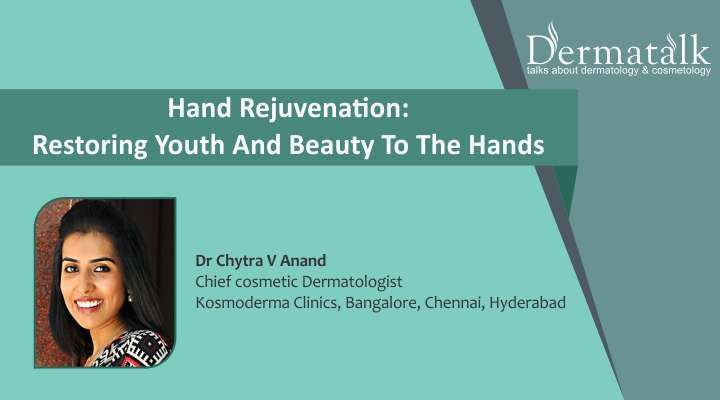
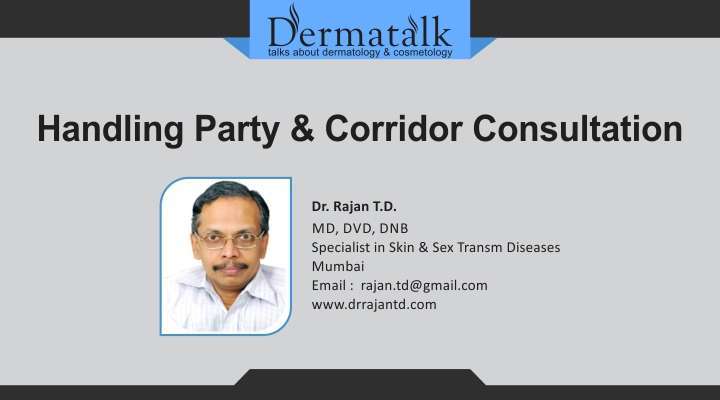
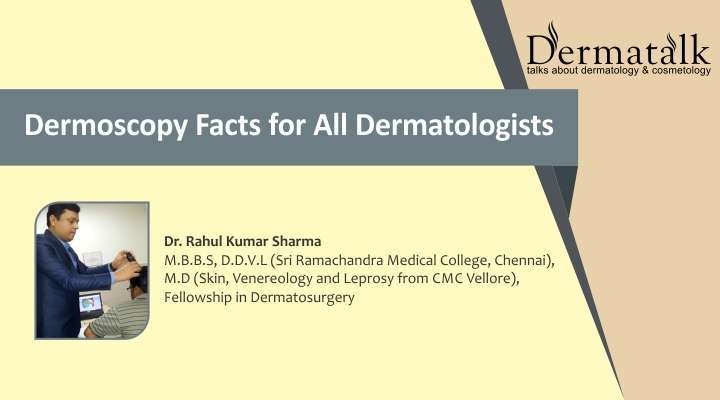
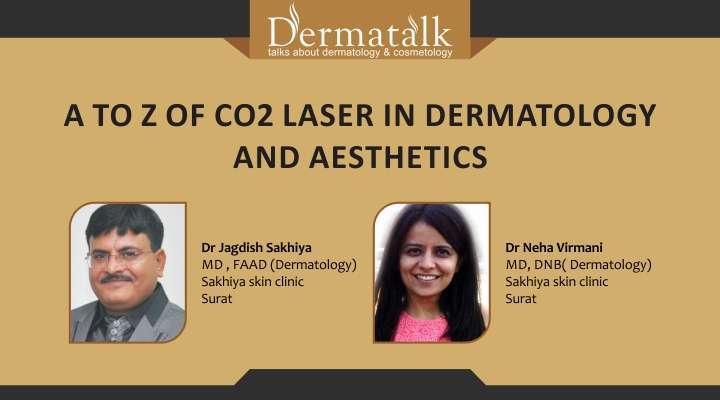
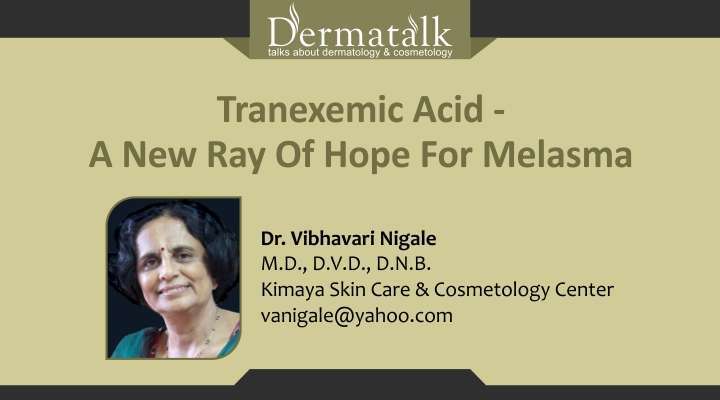
 Ultraviolet rays are the major extrinsic factor in regulating pigmentation.
Ultraviolet rays are the major extrinsic factor in regulating pigmentation. TXA down regulates the conversion of plasminogen to plasmin, by attaching to the lysine binding system of plasminogen. This step down regulates the synthesis of melanin.
TXA down regulates the conversion of plasminogen to plasmin, by attaching to the lysine binding system of plasminogen. This step down regulates the synthesis of melanin.